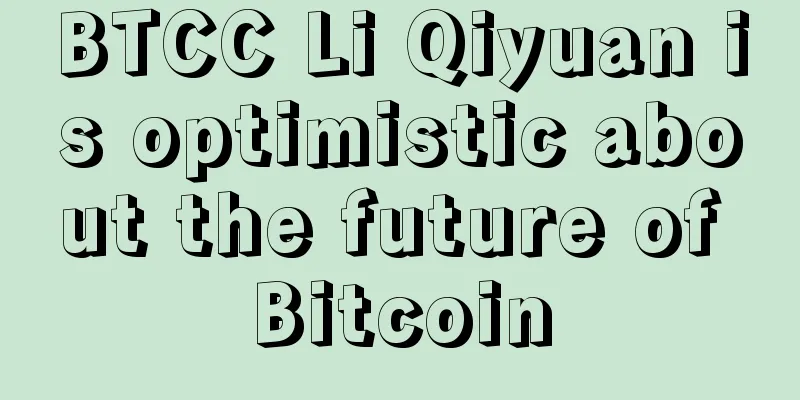Behind the Bitcoin Crash in South Korea: The ‘Kimchi Premium’ Has All Evaporated

|
Bitcoin mania is cooling, and as it does, the cryptocurrency global market is changing. The bitcoin price surge began in early November, when talk of bitcoin futures being launched in the U.S. sparked a wave of speculation. Bitcoin was trading at $6,500 on Nov. 1 and rose to $20,000 by mid-December, though that has all but evaporated. While bitcoin’s price has largely stagnated, global trading volumes are still growing and market interest remains strong. CoinDesk data shows that average daily trading volume in February rose nearly 80% from November, to $8.2 billion, up from nearly $4.7 billion in November. (It was down 40% from January’s $13.4 billion, though.) However, the biggest change for traders seeking to profit from "arbitrage" is that the market's so-called "kimchi premium" has completely disappeared over 28 trading days in February. South Koreans are keen on speculating in virtual currencies. The local virtual currency price is much higher than that in overseas markets, so it is jokingly called the "kimchi premium." As shown in the chart above, the spread was as high as 50% at times, but even turned negative for a short period in early February. At the end of February, the price premium was around $400.
The term “kimchi premium” also has a significant impact on market dynamics. When bitcoin took over South Korea last year, prices on various exchanges began to rise in November and December. At times, the dynamics even caused market disruption. If the Korean price is not included in the global average price, this in turn causes the market to fall sharply because the price change is not widely disseminated. However, the South Korean government’s move to curb cryptocurrency speculation has brought about price fluctuations. However, the decline in premiums does not mean that Koreans no longer like cryptocurrencies. South Korean exchanges continue to lead the trend in Bitcoin trading volume since March. The decline in spreads suggests that market speculation may have been successfully curbed after a series of efforts by the government.
However, the “kimchi premium” not only affects the Bitcoin market, but other cryptocurrencies are also experiencing the same trend. For example, Ethereum’s premium hit an all-time high of 53% on January 8, before falling to -5% on February 3. (It is worth noting that 3 of the world’s 15 largest exchanges are in South Korea. In addition, 3 of the five largest Ethereum trading platforms are also South Korean.) Litecoin, the fifth-largest cryptocurrency by trading volume, is seeing the same trend. Therefore, the cryptocurrency market has basically normalized after last year’s epic rally, as evidenced by the sharp drop in the “kimchi premium.” |
<<: The "Father of Bitcoin" is suspected to appear to file a $5 billion lawsuit
>>: Coinbase poaches former LinkedIn executives to join Bitcoin market M&A boom
Recommend
What is the fate of people with flat noses?
What is the fate of people with flat noses? 1. Pe...
How is the love fortune of people whose love line is broken at the end?
How to read the love line diagram in palmistry? T...
How popular is Bitcoin? 120 hedge funds are focusing on Bitcoin
Although Bitcoin and ICO are subject to increasin...
Is lion eyebrow good?
Lion eyebrows are one of many eyebrow shapes, whi...
What does a person with yellow eyes look like? A very calm person
Yellow eyes represent coldness and ruthlessness. ...
Digital currency is featured in the People's Daily Overseas Edition. Experts at home and abroad are optimistic about the following points
Digital Chain Observation: On November 30, the Ov...
What is the fortune of having a mole on the back?
What is the fortune of having a mole on the back?...
What does it look like to have a face that can make the most of one's career?
People who can call the shots in their careers ar...
Analysis of women with high cheekbones: what does it mean for women to have high cheekbones?
Women with high cheekbones have high desires From...
What does it look like when a woman has droopy mouth corners? What's your personality like?
Some women have upturned corners of their mouths,...
Billions of USDT were issued to two companies? One belongs to SBF and the other is very mysterious
Wu Shuo Author | Tan Shu Editor of this issue | C...
What kind of people would like to work part-time in their free time?
Generally speaking, people who do part-time jobs ...
EU Crypto Regulation Bill Passed, US Is in a Hurry
At present, global crypto regulation is drifting ...
[Exclusive Report] Live coverage of Japan Smart Contract Summit, the Financial Services Agency expressed its willingness to adjust the regulatory system
Rage Comment : At the smart contract conference h...
The 17 millionth Bitcoin is about to be minted. What does this mean?
According to Blockchain.info, barring unforeseen ...









